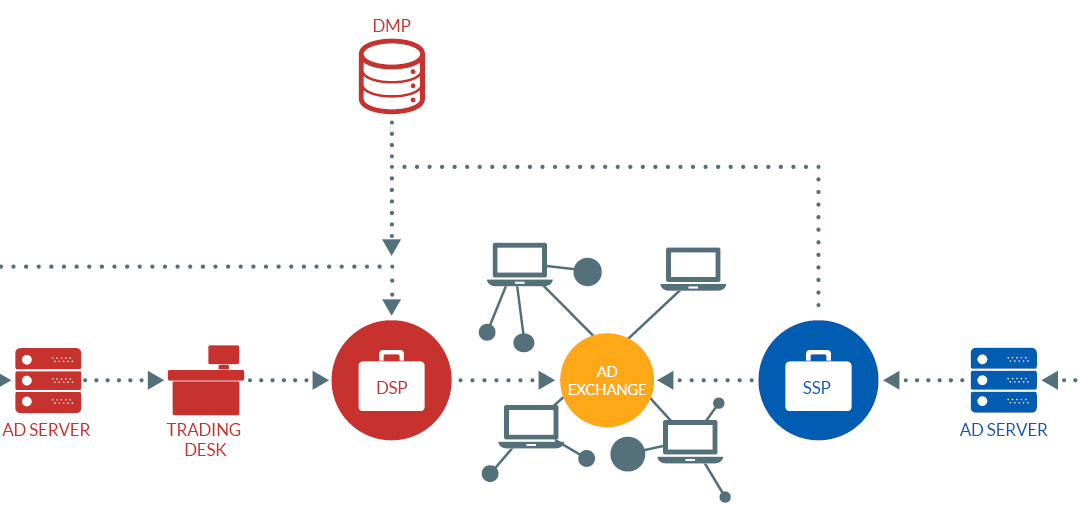Today’s changing marketing landscape demands that professionals have more than a rudimentary knowledge of technical jargon. Novices may be intimidated by the rapid developments in programmatic advertising space, leaving them feeling disenfranchised. However, it doesn’t have to be that way. With the help of this handy guide, marketers and publishers will be able to understand the often-confusing vocabulary associated with this high-growth space. Here’s a look at the terms that are essential to know in 2018:
- Private Marketplace (PMP): A private marketplace, or a private deal, is an invitation-only auction that is only open to a handful of advertisers. This kind of deal means publishers have more control, and advertisers have greater transparency into inventory. Sitting in the private marketplace are a couple of types of deals:
a) Private Auction: A private auction gives a select group of advertisers priority to inventory before it becomes available in the open marketplace
b) Preferred Deal: Preferred deals take place when publishers make a deal with a fixed-price CPM to one specific buyer. - Programmatic Guaranteed: Also known as programmatic direct, programmatic guaranteed gives advertisers access to premium inventory while also allowing them to overlay first-party and third-party data. It’s a win-win situation where buyers choose which audience and impressions to bid on while publishers are guaranteed a certain level of pricing. It’s important to distinguish programmatic guaranteed from automated guaranteed, which is a deal that’s negotiated directly between a buyer and seller, and where both inventory and pricing are guaranteed.
- Open Marketplace (OMP): An open marketplace is an online marketplace where several media owners offer their ad inventory for sale to buyers, often through real-time auctions.
- Demand-side Platform (DSP): Software that allows media buyers to purchase ad placements through bids in ad exchanges.
- Supply-side Platform (SSP): Software that helps publishers sell their inventory to the highest bidder via ad exchanges.
- Data Management Platform (DMP): One of the important by-products of rising digital investments is data that marketers are unable to make sense of. A data management platform is software that sorts and houses all this data, filtering it down to what’s useful for marketers and publishers.
- Trading Desk: Trading desks are focused on the buying and selling of ads on behalf of their clients using technology.
- Remnant Inventory: Remnant inventory is non-premium inventory that is usually sold at a discounted rate.
- Real-time Bidding (RTB): Although it’s 2018, there is still see confusion around real-time bidding. Simply put, RTB is the buying and selling of digital ads through computer-run auctions that take place in a matter of milliseconds. It’s important to note that an RTB is not an open marketplace or open exchange.
Programmatic terms are commonly used in the more mature markets of Europe and the US. But in Southeast Asia, where ad technology adoption is only just growing, programmatic advertising remains a muddle of confusing acronyms. It’s up to the IAB (Interactive Advertising Bureau) to work with advertisers, publishers and technology providers to create an exhaustive list of definitions that helps propel the industry forward.

